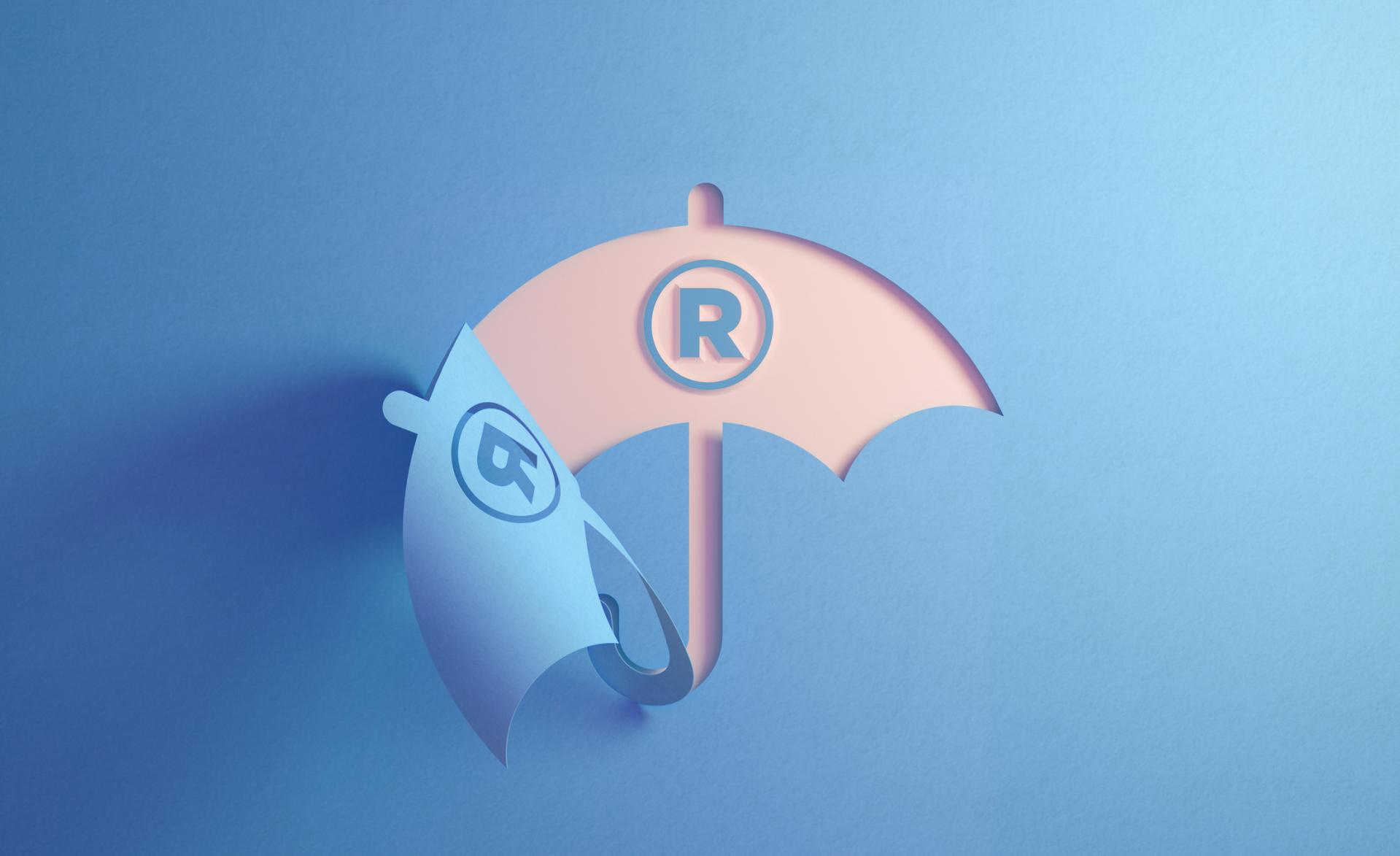In the new world ushered in by economic downturn and advancements in artificial intelligence and innovation, competition and litigation are likely to increase as businesses adapt to the advent of generative AI and focus on building and protecting market share. This evolving threat to a business’s IP has, so far, not resulted in a great deal of change. That status quo will not last.
Intellectual property (IP) is an established and potent asset in the global economy. Intangible assets account for 75% of business value. It is therefore surprising that many businesses are under-insured or even uninsured for risks relating to IP. At best, a mere 13% of businesses have any form of patent insurance cover that would protect them against infringement allegations. This 13% figure doesn’t match our own experience of the market, and the lack of protection is particularly concerning given the future landscape of IP risk.
IP cases set to rise
In the recession which followed 2008– 2009’s financial crisis, there was a boom in patent infringement filings.
After fighting to obtain market share, larger companies were keen to hold on to that advantage. Smaller businesses likewise were highly focused on value generation – and equally keen to protect their new ventures from threats.
If the economic downturn continues, similar events are not out of the question today.
For example, patent owners who had planned to file cases later in the year may decide to accelerate the timetable. If businesses fear their best days are behind them, past damages claims may hold an appeal. Patent owners interested in competitive relief (injunction or settlement) might also make their move now while the costs of litigation may force hard-pressed competitors to abandon products or services.
Another driver of litigation is the ever-present threat of the patent enforcement businesses. In 2009, filings by so-called “high volume plaintiffs”– typically entities whose business model is simply to monetise patents – had remained constant for almost a decade, at about 300 cases per year. That number increased to almost 400 in 2010, doubling to almost 900 cases in 2011, and then tripling to over 2,000 cases in 2012. It is not beyond the bounds of possibility that the frequency of these cases will increase dramatically in 2023.
What to look out for?
Whatever form an IP threat assumes, businesses should be prepared, particularly those operating in new industry sectors or unfamiliar geographic territories. This is because the cost of litigation, any damages or settlements, plus loss in value of assets and contractual losses, can be a substantial hit to an organisation’s bottom line.
In 2017, average US litigation costs alone (excluding damages settlements) were $1.7m and they have risen dramatically since then. Today, they can reach anything up to $4m in high value cases, according to data produced by the American Intellectual Property Lawyer’s Association, AIPLA. While the scale of the damages is concerning, so too is the rate of increase. In the US, in 2022, at least five awards for damages exceeded $150m in value.
Median damages awarded in patent infringement cases between 2012 and 2016 were $8.9m, but some individual losses were much higher.
Contractual losses are less understood but represent a potential Achilles’ heel that businesses would do well to try and avoid.
Take the case of Company X. It collaborates with Company Y in a manufacturing venture. However, Company Y’s product licences components from another business. If Company Y is sued by its component manufacturers, not only is Company Y at risk of patent infringement, but Company X may be as well. This would happen if Company Y is unable or unwilling to defend the patent case, instead seeking to pass the cost or burden onto Company X, irrespective of any hold harmless agreements that may be in place. Likewise, Company X may be sued directly by the patent owner for infringement of its IP.
Pitfalls to avoid
Ultimately, the forces of globalisation, digitalisation and recession only increase the likelihood of IP litigation.
In 2022, patent applications rose by 0.3%, totalling 278,100 globally. The challenging economic conditions prevailing in 2022, due to Russia’s invasion of Ukraine, rising inflation and supply chain woes, are contributing to the low growth rate. Nevertheless, 2022 saw the highest number of patent applications recorded in a single year in history, showing that despite these conditions, firms continued to invest in innovation and intellectual property.
Size is no defence against IP litigation. In fact, it can make businesses more of a target. Large corporations may be more at risk.
General insurance policies provide little protection against this threat. Although many supplier contracts require insurance, many traditional policies typically exclude some or all major IP exposures. While there may be some IP cover in merging lines, it is usually limited just to trademark, copyright and trade secrets. To achieve a meaningful level of protection, businesses are advised to seek advice on what cover would be appropriate – including IP contractual liability, IP value, IP defence (legal expenses) and IP enforcement/pursuit cover.
Role for risk managers
To manage IP risk effectively, it should be ‘baked in’ to thinking in every core business function – from research and development through product approval, marketing, sales and distribution.
Although insurance for IP risk is a specialist purchase, it is a valuable source of risk transfer and value protection. Not only can it act as a deterrent that helps businesses avoid court (by demonstrating they have the funds to litigate and will protect their rights), it also serves to level the playing field in court if proceedings are unavoidable. Such protection and the freedom it brings could make the difference between bankruptcy and operating as a going concern.
As we look across the insurance market, capacity is growing and cover is evolving. There is plenty of scope to script tailored wordings for those who are prepared to invest the time. And time is required to understand exposures and work with insurers to withstand the mounting threats to business that involve IP. Whether this comes from others asserting their IP rights, or from an insured selling infringing products or services.


